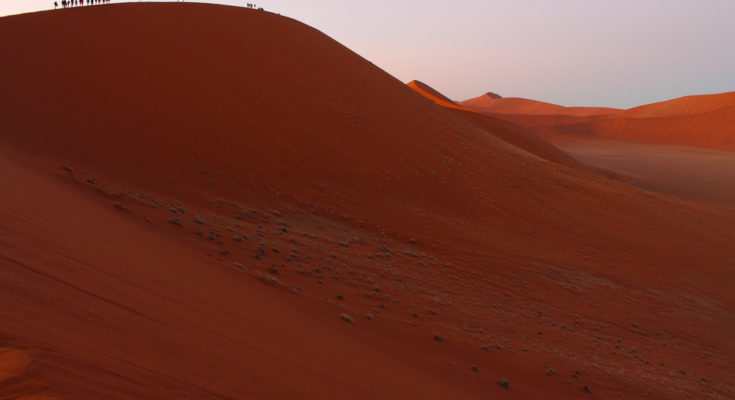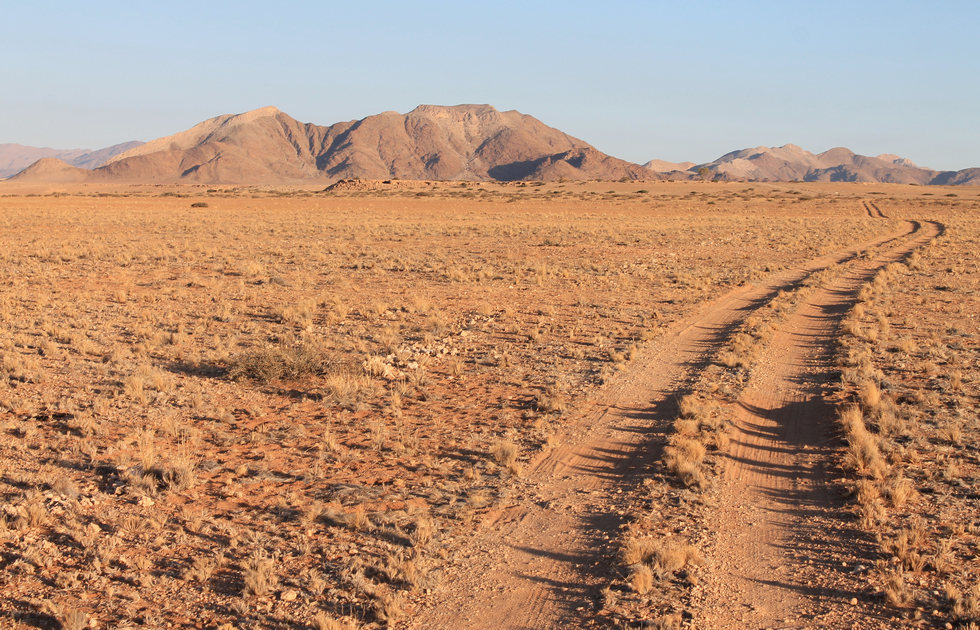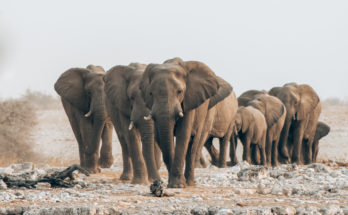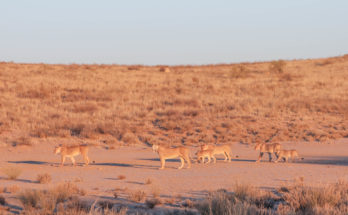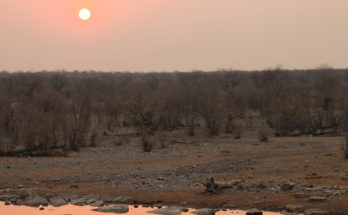Namibia is massive. To be exact, it covers 824 292 km2 of diverse land and to give you some perspective of its size, Namibia is more than 3 times the size of the United Kingdom. Driving on dirt roads between nothing and nothing can be daunting, especially since your chances of seeing another car on the road is pretty slim. Namibia is the 5th least populated country by size with only 2.4 million permanent residents. Known for its dramatic landscapes, unforgiving terrain, great biodiversity and many indigenous cultures, Namibia is a fantastic African escape and the ideal place to discover and explore if you are looking for something off the beaten path.
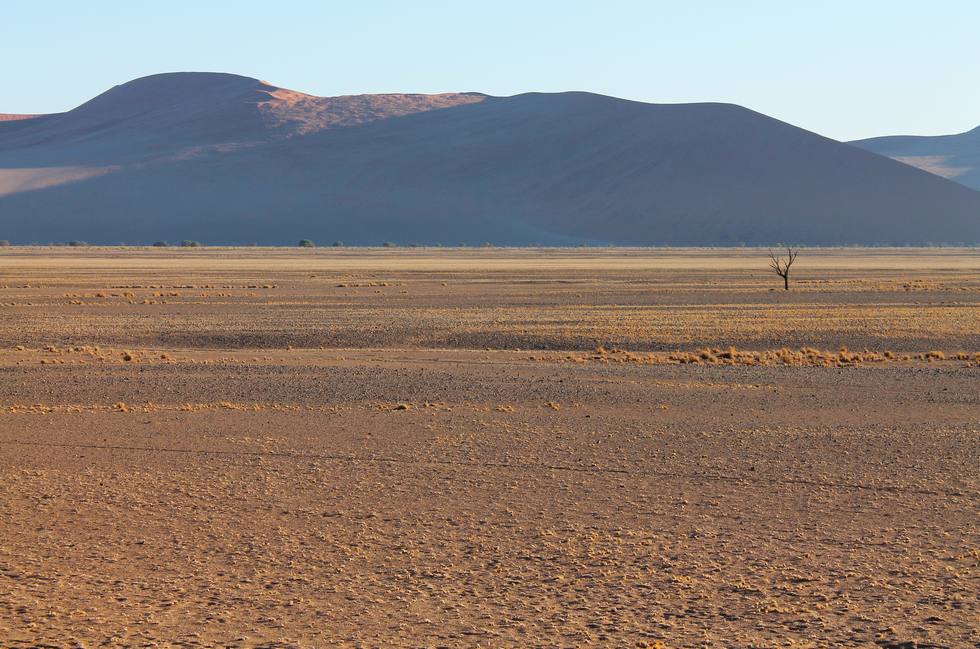
My trek north started in Cape Town, the stunning coastal city at the most southern tip of Africa where I met up with 19 other solo travelers who would be accompanying me on our overland tour with Nomad African Adventures. Traveling to Namibia with a trustworthy tour company is advised if you are not an experienced overland driver or if it your first solo journey in Africa.

Driving on mostly tarmac, the journey up to the South African – Namibian border is a pleasure. The Cederberg region is one of South Africa’s best kept secrets with its endless citrus farms decorate the landscape in every direction. Further north, Namaqualand has its own charm with tourist from far and wide traveling to see the yearly bloom of field flowers and daisies.
Small towns, each smaller and prettier than the previous dot the Northern Cape, selling traditional South African food such as biltong (raw, salted, dried out pieces of beef), droëwors (the same thing, just in sausage form), koeksusters (two very sweet pieces of dough twined together, deep friend and drizzled with syrup) and braaivleis (the South African version of a barbecue). South Africans are famous for their delicious yet unhealthy food so do not expect to return home fitting in the same size jeans.

Almost 680km north of Cape Town, the border between South African and Namibia is formed by one of Africa’s most important rivers – the Orange. Campsites and vineyards line the river, offering travelers a rest before leaving South Africa through the Vioolsdrif border post and entering Namibia via the Noordoever post. River rafting and swimming in the river, even though crossing is strictly prohibited, offers an escape from the dry, punishing heat as daytime temperatures in summer can push the mercury up into the 40s.
Crossing borders in Africa is hard, as it takes time, patience, effort, patience, money, patience and a whole lot of paperwork. Check beforehand what you require and make sure you have everything in order to ensure the crossing as as easy and fast as possible. Once done, a gigantic “Welcome to the Republic of Namibia” sign welcomes you in true Namibian style. Note that it is a criminal offence to bring any type of meat into Namibia for disease control and general health reasons. It is however self-proclaimed ‘red meat country’ and beef, including biltong and droëwors is for sale at every possible stop.
After crossing the border, travelling just over 180km of dirt road to the north takes you to the world famous Fish River Canyon, the second largest canyon in the world and the largest in Africa. About 160km long, 27 km wide and in some places almost 550 meters deep, the scene in front of you when standing on the edge of the canyon is something not easily explained in words or shown in photographs, especially with the fiery glow of sunset casting a kind of spell over the ravines, cracks and cliffs. It is, understandably, the second most visited tourist attraction in Namibia after Etosha National Park in the north. Visitors are able to walk around the rim and explore various lookout points. Cliffhanger edges allow the brave to creep closer to the edges and take fantastic photos with feet dangling into the deep canyon.
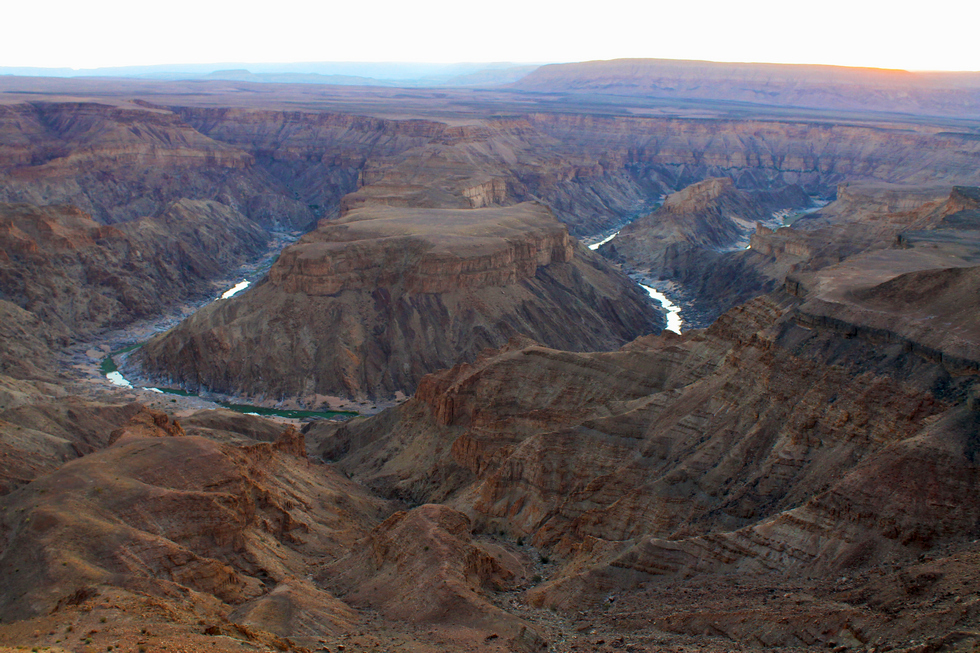
Driving deeper into the Namib desert, 580km north of the Fish River Canyon lies Sesriem in the Namib-Naukluft National Park, another canyon containing a small amount of life saving water for the local wildlife. Camping in Namib-Naukluft allows you the privilege of driving approximately 60km to Dune 45 before sunrise and after a steep, cold and rather straining hike to the top in total darkness, visitors can see another spectacular day break over the dunes of the Namib desert.

Another 20km deeper into the desert lies Dooievlei which is the strangest and probably most photographed attraction in Namibia. Hidden deep in the Sossusvlei desert, Dooievlei offers some of the most surreal landscapes, looking something like a scene from Mars. Skeleton trees, thousands of years old, stands scattered in the valley surrounded by only white clay and a few people wandering around with cameras in hand. Expect to see more tourists and travelers here then at any other attraction in Namibia. Towering over the valley and forming a striking contrast between the cobalt blue sky and red iron rich stand stands Big Daddy, the biggest dune in the Sossusvlei area, dominating the skyline at 400 meters high. For those fit, strong and brave enough, Big Daddy is the ultimate dune climbing challenge.

When experiencing the harsh, demanding nature of the Namib desert, understanding how the wildlife and vegetation survives in these conditions gives a new insight into this type of habitat. Guided Bushman walks are available from various farms and lodges around the area and teaches visitors some valuable lessons about the desert, what kind of creatures can be found there and how they survive. The guides’ knowledge of the desert is astounding and I loved learning more about how water is recycled within the ecosystem and how the Bushmen lived their lives surrounded by only red sand.
To read about the next part of my journey through Namibia, please go read Driving from Cape Town to Etosha [Part 2]

